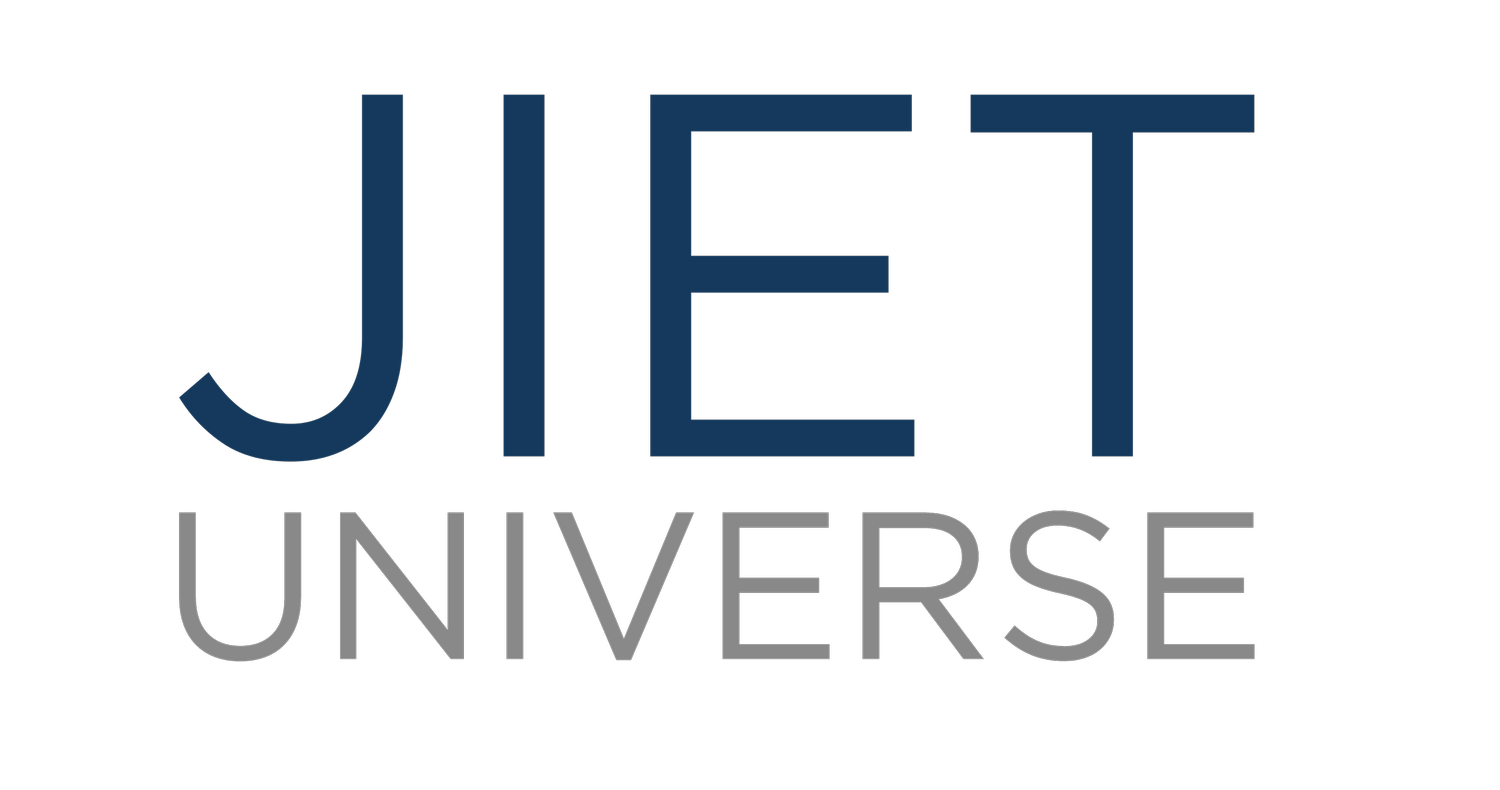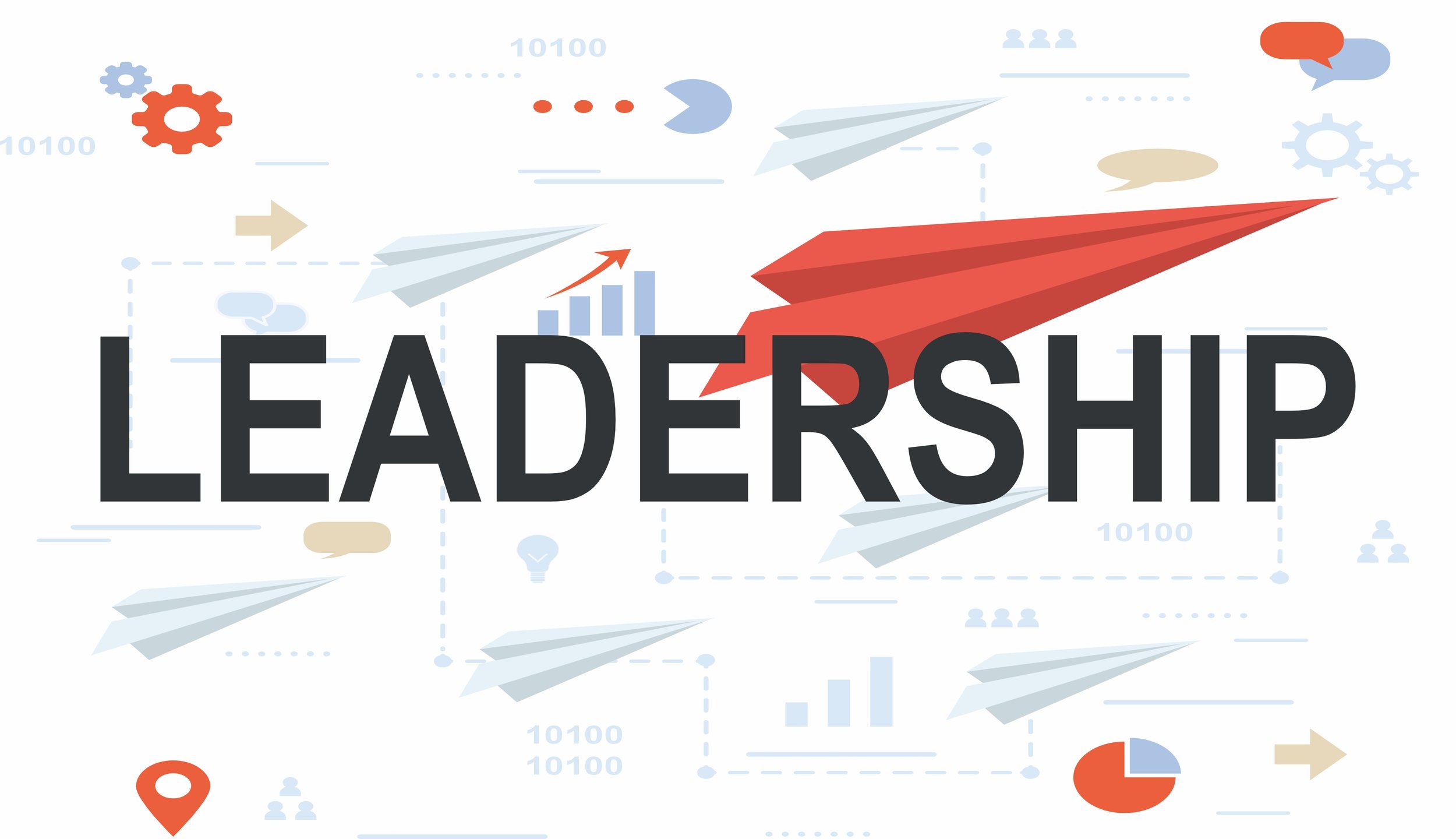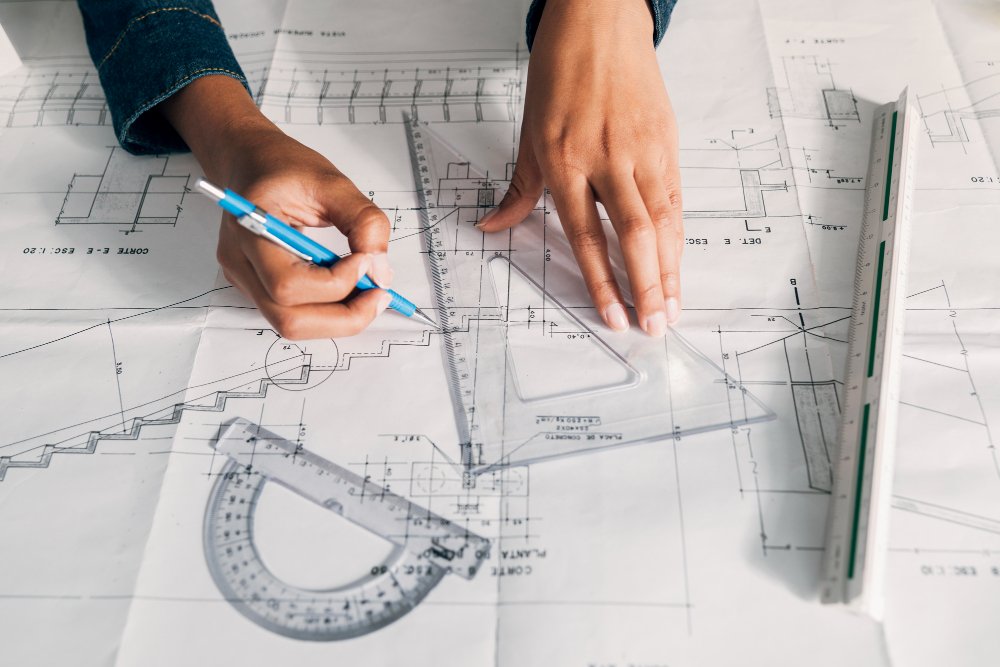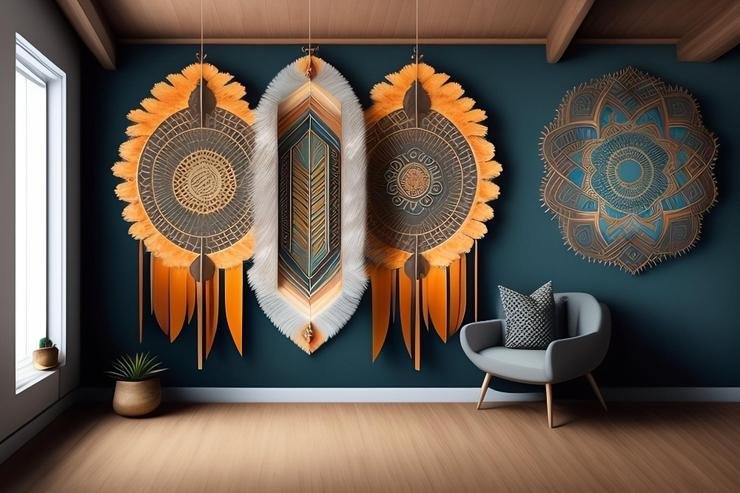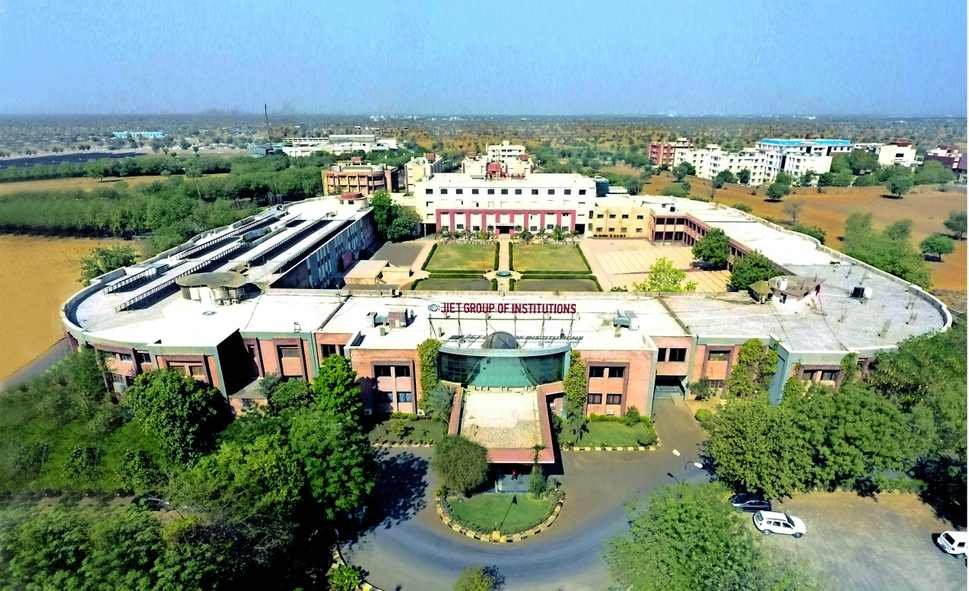Bachelor of Design - Courses, subjects, exams, scope
Design is everywhere, from the clothes we wear to the buildings we stay in! But, interestingly, designs also play a significant role in influencing most of our decisions in everyday life based on the feel, looks, and overall appeal of any given product.
The world of design is colorful, vast, and enticing in its appeal! And one of the most appealing factors for the aspirants of this industry is that the design industry provides great versatility and flexibility.
So continue reading if you’re a design enthusiast and want to establish a career for yourself in the industry. This weblog walks you through the different aspects of the field of study.
Bachelor Of Design (B.Des): Course overview
Many design colleges offer you a bachelor of design degree. A candidate does not need to have studied any specific topic in their qualifying test to take a design course. This implies that people with any educational background can enroll in a design program and follow their ambition of becoming a designer if they possess the necessary abilities and aptitude.
However, it should be noted that candidates can only appear for this vocation after finishing 10+2 with a 45+ % in the 12th grade to get admitted to any designing institution. The enrolling candidate can get started with undergraduate, graduate, and doctoral design programs in a variety of subjects.
Bachelor Of Design (B.Des): Design subject & syllabus
The curriculum for B.Des is structured so that students who complete the course have both academic knowledge and critical skills for their future careers.
The curriculum for each specialty of the B.Des degree varies, but the course structure remains consistent, consisting of core courses, learning approaches, and projects with industrial exposure. The following are the subjects covered in the eight-semester B.Des program:
| B.Des 1st Semester | B.Des 2nd Semester |
| Design studio I – problem identification | Typography Fundamentals and exploratory printing |
| CAD – Photography and Videography | Image representation and transformation –II |
| Applied Science for Designers | World of images and objects |
| Design and Human evolution | Self-initiated summer project |
| Art representation and transformation | Knowledge organization and communication |
| Design studio II –Problem Analysis |
| B.Des 3rd Semester | B.Des 4th Semester |
| 3D Form studies – Aesthetics, Identity and Expressions | Communication Theories, Visual Perception and Semiotics |
| Design, Society, Culture and Environment | Design |
| Creative Thinking Process and Methods | Design, Storytelling and Narratives |
| 2D Visual studies I – word and image | Elective- 2D Visual Studies II or 3D Form Studies II |
| Environmental Studies – Science and Engineering | Design Studio IV - Prototyping |
| Design Studio III – Creative Explorations | Summer Project |
| B.Des 5th Semester | B.Des 6th Semester |
| Elective I and II | Elective I and II |
| Collaborative Design Project | System Design Project |
| Design, Technology and Innovation | Design Management, Planning and Professional Practice |
| Applied Ergonomics | Elective III: Materials and Processes/Digital Media Technologies |
| Industrial Summer Project |
| B.Des 7th Semester | B.Des 8th Semester |
| Re-Design Project | B.Design Projects |
| Global Design Thoughts and Discourse | |
| Design Research Seminar |
Top Exams For Entrance In B.Des Course
Aspirants of the B.Design courses need to appear for the Design Entrance Exams to get admission to renowned institutes. These exams generally comprise a drawing test, a written test, and interviews.
Here’s a list of the top entrance exams to get admission in the B.Des course:
UCEED - Undergraduate Common Entrance Exam for Design
SOFT CET - School of Fashion Technology Common Entrance Test
SEED - Symbiosis Entrance Exam for Design
UID DAT - United world Institute of Design, Design Aptitude Test
NID DAT - National Institute of Design Entrance Exam
FDDI AIST - Footwear Design and Development Institute All India Selection Test
Scope post designing course
Once you’ve successfully cleared your B.Des and other relevant design courses, you get exposure across numerous fields. Touted as one of the most flexible fields, this typical four-year course with eight semesters unlocks the possibilities that entail marketing, textile design, apparel design, and professional wear.
Other possibilities include new pattern development, custom design occupations, raw and fabric material research & research, and development around several materials. Besides, you’ll also be learning about creating new costumes and accessories for various occasions.
